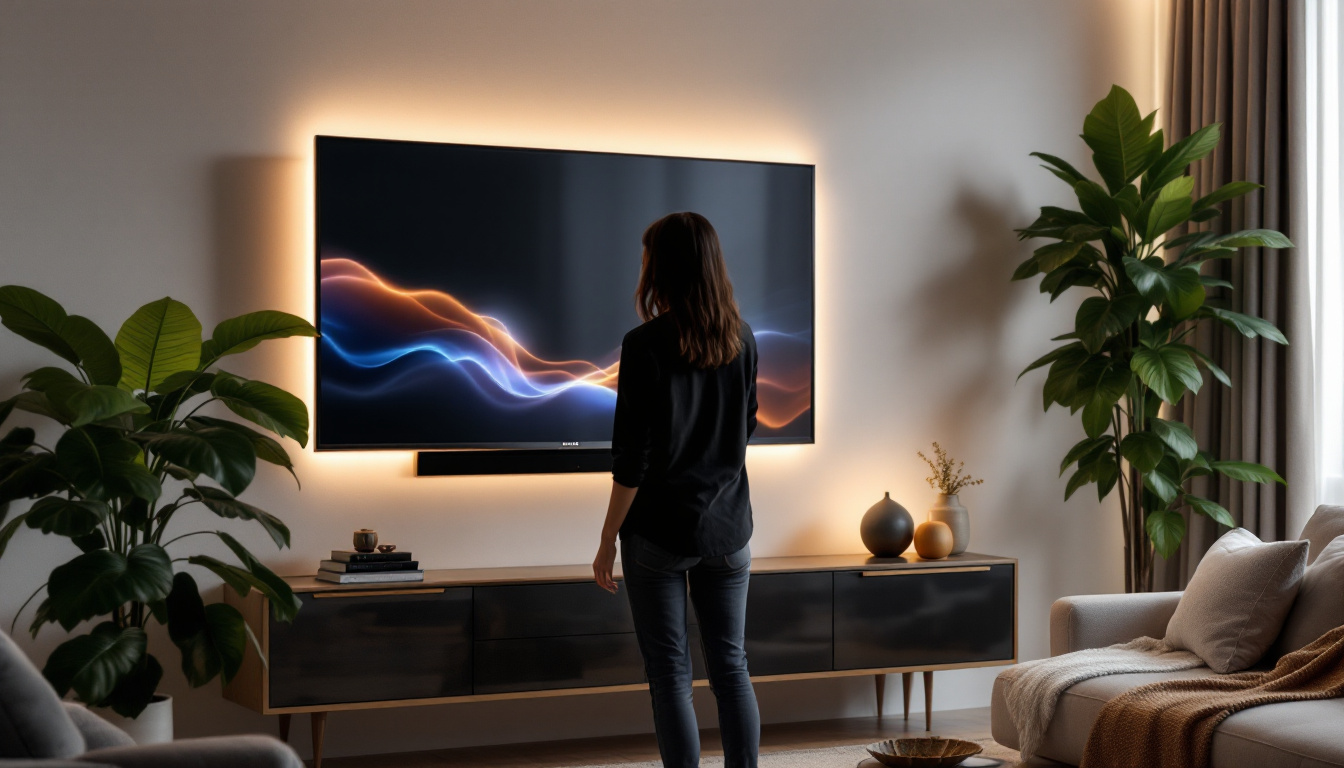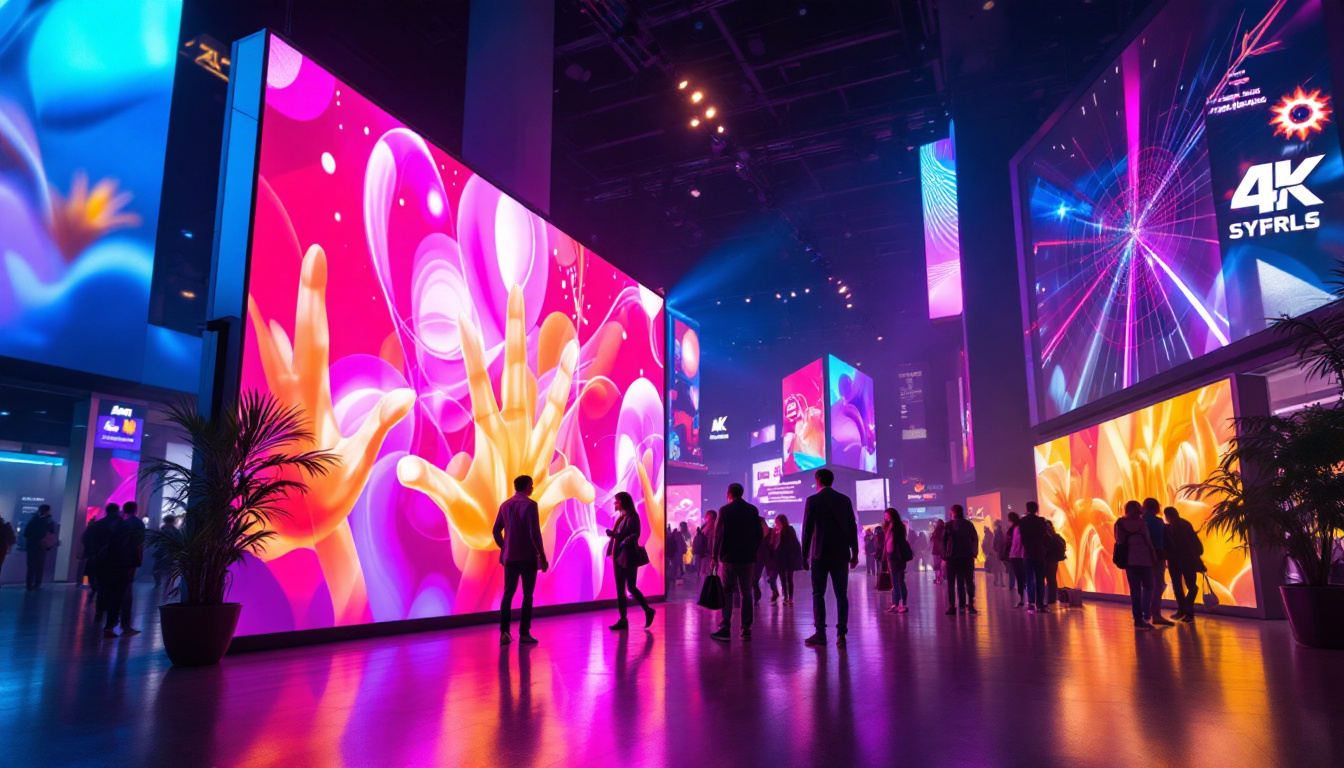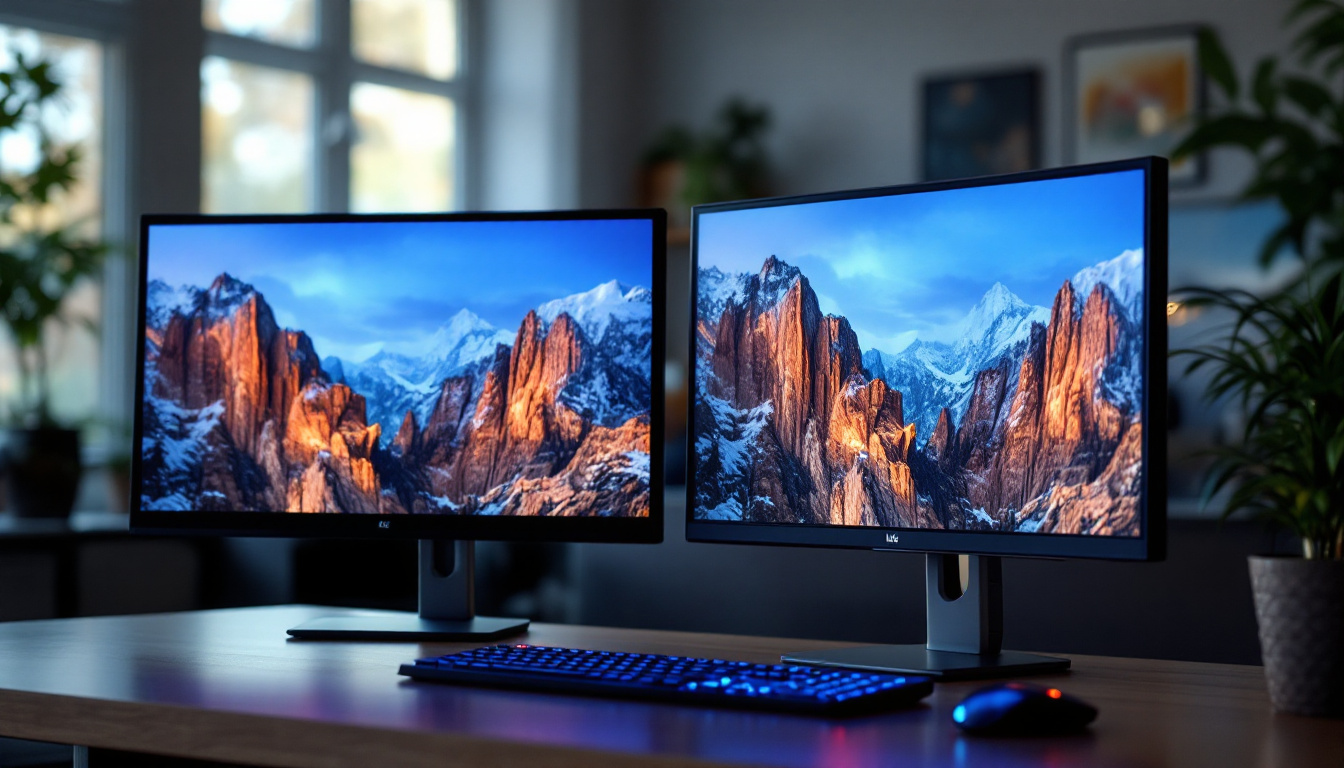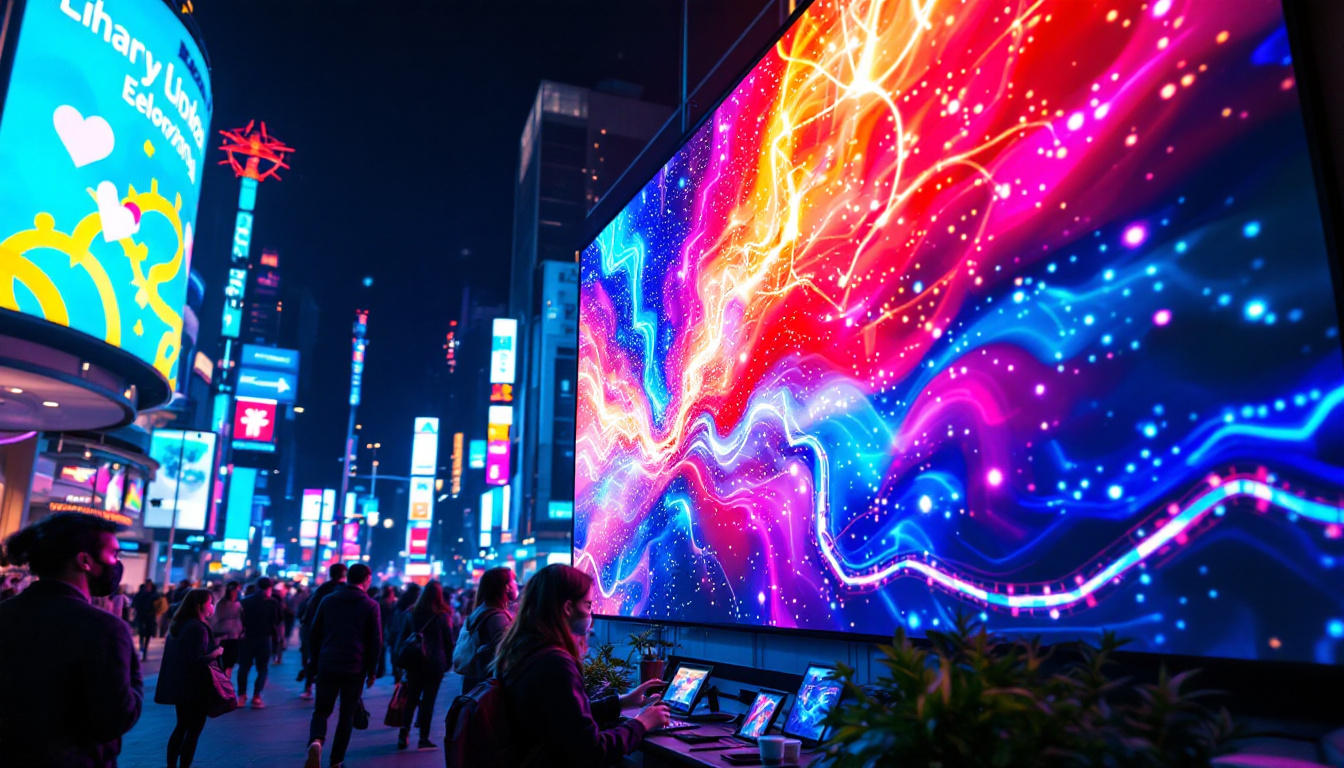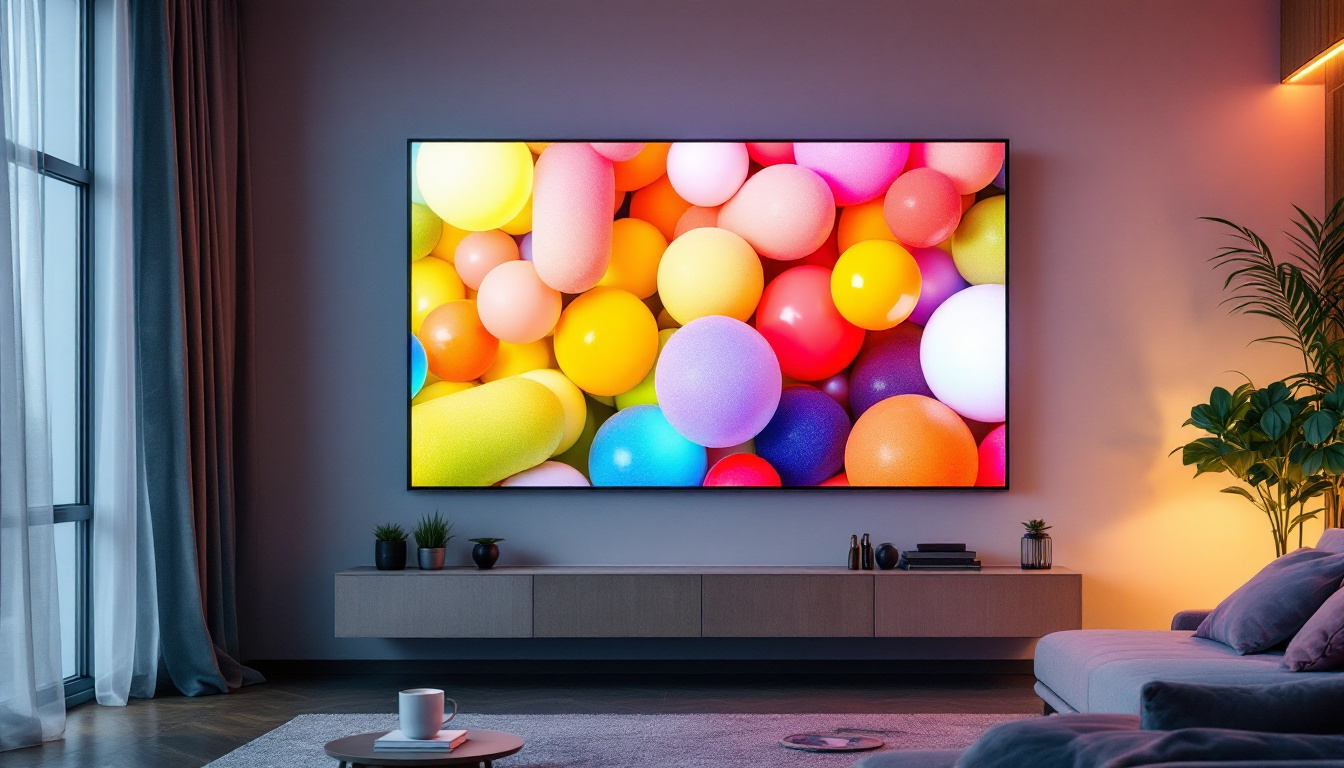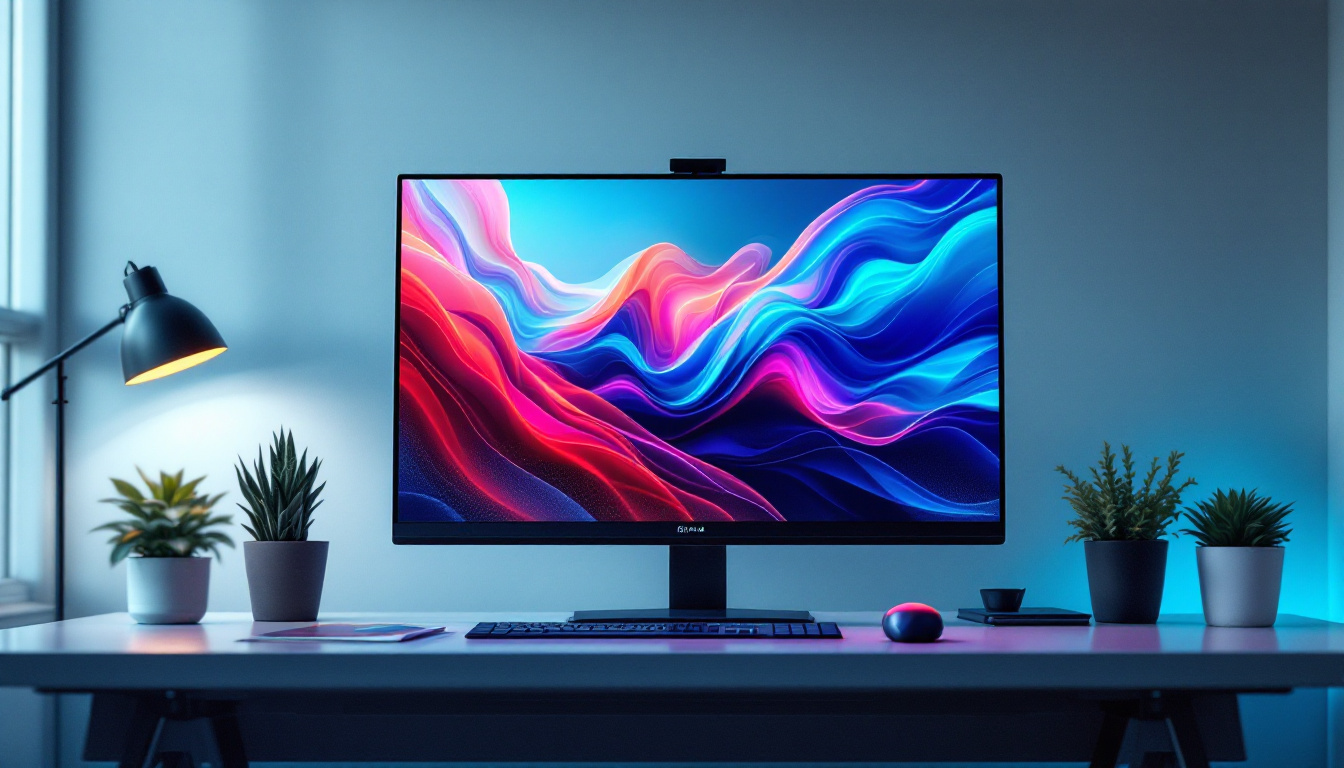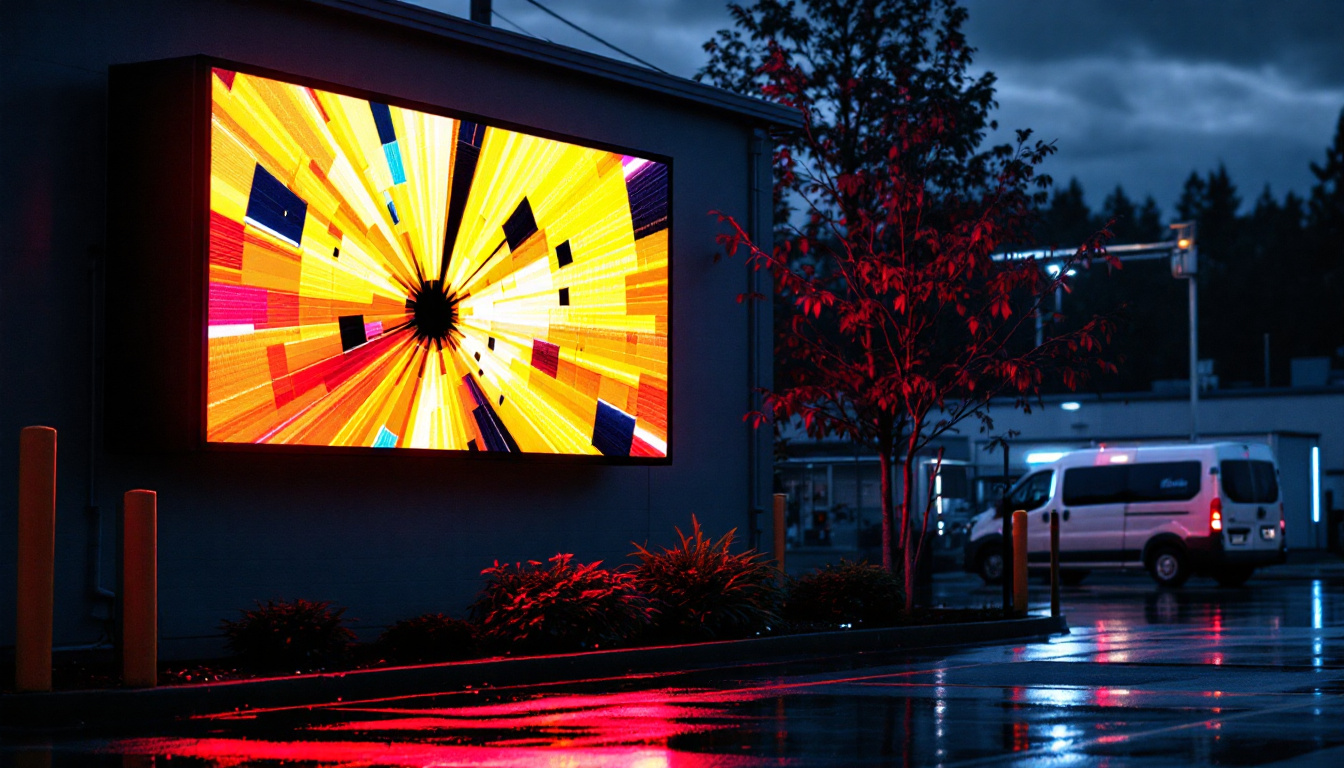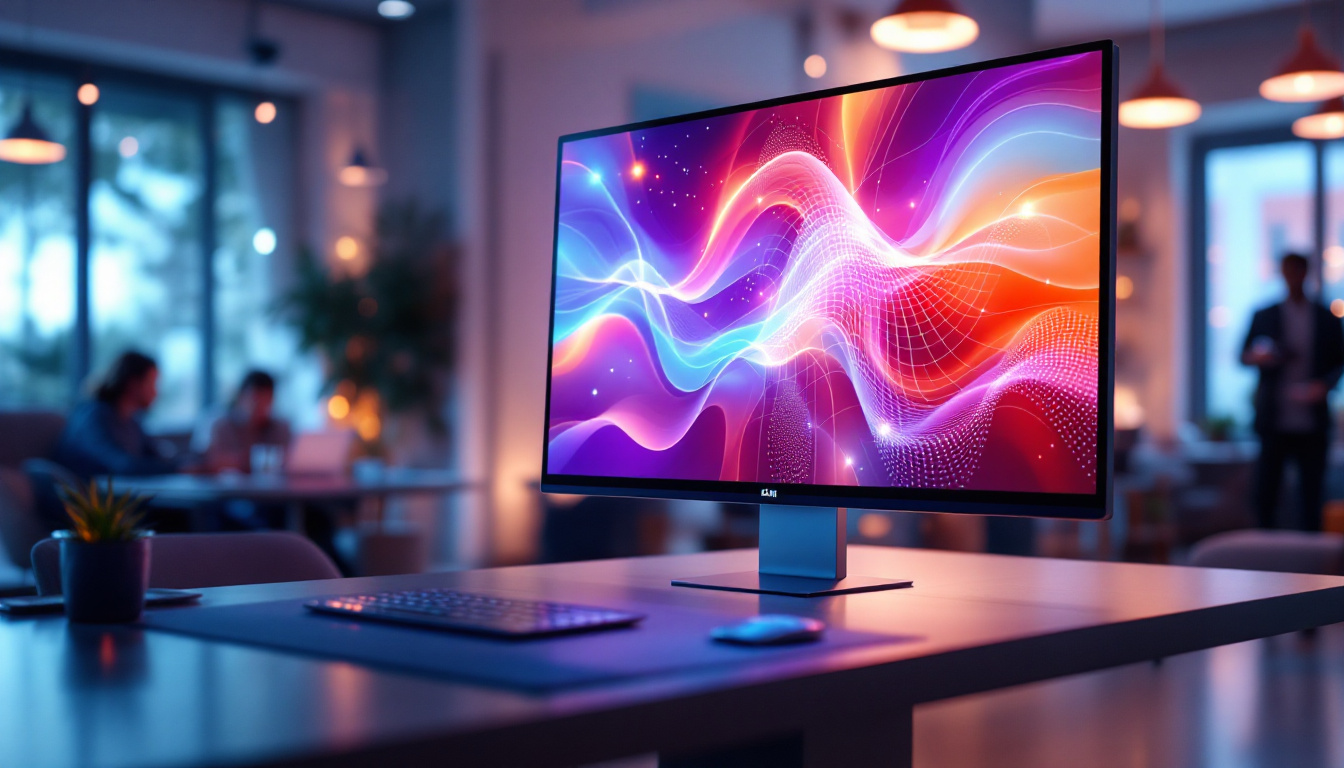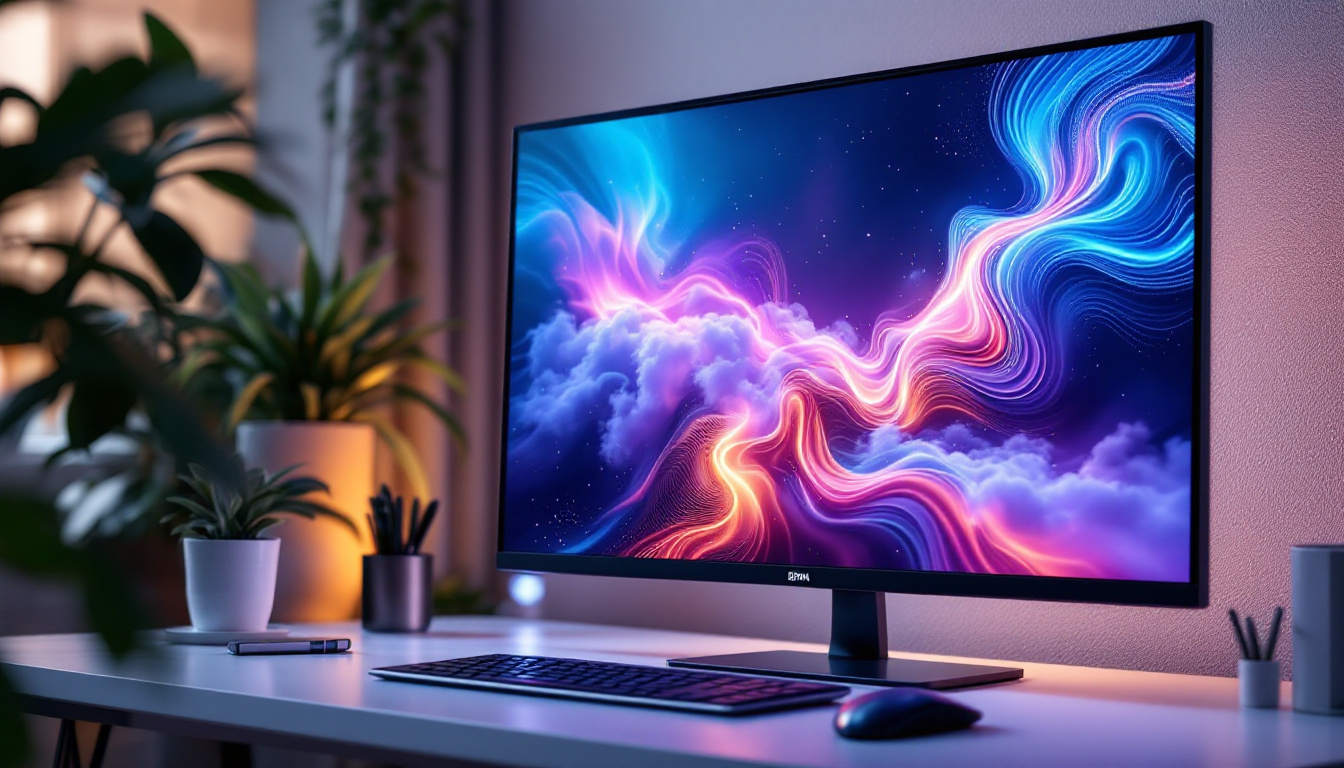Touch Screen: LED Display Explained
In the rapidly evolving world of technology, touch screens have become a ubiquitous feature in our daily lives. From smartphones to tablets and even large interactive displays, touch screens have transformed the way we interact with devices. Central to this technology is the LED display, which plays a crucial role in delivering vibrant visuals and responsive touch capabilities. This article delves into the intricacies of touch screens and LED displays, exploring their functionalities, types, and applications.
Understanding Touch Screen Technology
Touch screen technology allows users to interact with a device by simply touching the screen, rather than relying on traditional input methods like keyboards or mice. This intuitive interaction has made touch screens a preferred choice for many devices, enhancing user experience significantly. From smartphones to interactive kiosks, touch screens have revolutionized the way we engage with technology, making it more accessible and user-friendly.
How Touch Screens Work
Touch screens operate through various technologies that detect the presence and location of a touch. The most common types include resistive, capacitive, and infrared touch screens. Each technology has its unique way of detecting touch, which influences its performance and application. Understanding these differences is crucial for selecting the right touch screen for specific needs, whether for personal use or in commercial settings.
Resistive touch screens consist of two transparent layers separated by a small gap. When pressure is applied to the screen, the two layers make contact, registering the touch. This technology is known for its durability and cost-effectiveness, making it suitable for industrial applications. Additionally, resistive screens can be used in various environments, including those with high dust or moisture levels, where other types might fail.
Capacitive touch screens, on the other hand, utilize the electrical properties of the human body. They consist of a glass panel coated with a transparent conductor. When a finger touches the screen, it disrupts the electrostatic field, allowing the device to detect the touch. This technology is widely used in smartphones and tablets due to its sensitivity and ability to support multi-touch gestures. The rapid response time and clarity of capacitive screens have contributed to their popularity in consumer electronics, enabling features like pinch-to-zoom and swipe navigation.
Types of Touch Screens
Touch screens can be categorized into several types based on their technology and application. The most common types include:
- Resistive Touch Screens: As mentioned earlier, these screens are pressure-sensitive and can be operated with any object, including a finger or stylus.
- Capacitive Touch Screens: These screens are more responsive and support multi-touch gestures, making them ideal for smartphones and tablets.
- Infrared Touch Screens: These screens use an array of infrared LEDs and sensors to detect touch. They are often used in large displays and kiosks.
Each type of touch screen has its advantages and disadvantages, making them suitable for different applications. For instance, resistive screens are often more affordable but lack the responsiveness of capacitive screens. Infrared touch screens, while more expensive, offer the advantage of being able to detect touches without requiring direct contact, which can be beneficial in environments where hygiene is a concern, such as hospitals or food service areas. Moreover, advancements in touch screen technology continue to emerge, with innovations like haptic feedback and pressure sensitivity enhancing user interaction even further.
As touch screen technology evolves, we are also witnessing the integration of artificial intelligence and machine learning, which can personalize user experiences based on touch patterns and preferences. This integration not only improves functionality but also opens up new possibilities for accessibility, allowing users with disabilities to interact with devices in ways that were previously unimaginable. The future of touch screens looks promising, with ongoing research aimed at enhancing their capabilities and applications across various industries.
The Role of LED Displays
LED (Light Emitting Diode) displays have revolutionized the way visuals are presented on screens. They are known for their brightness, energy efficiency, and longevity, making them a popular choice for various applications, including televisions, computer monitors, and advertising displays.
How LED Displays Work
LED displays work by using an array of light-emitting diodes to create images. Each diode emits light when an electric current passes through it. By varying the intensity of the light emitted by each diode, a wide range of colors can be produced, allowing for the display of detailed images and videos.
There are two primary types of LED displays: direct-lit and edge-lit. Direct-lit LED displays have LEDs placed directly behind the screen, providing uniform brightness. Edge-lit displays, on the other hand, have LEDs positioned along the edges, which can lead to thinner designs but may result in uneven brightness.
In addition to these types, there are also variations such as OLED (Organic Light Emitting Diode) displays, which offer even greater flexibility and color accuracy. OLED technology allows each pixel to emit its own light, resulting in deeper blacks and a wider viewing angle. This advancement has made OLED displays particularly popular in high-end televisions and smartphones, where picture quality is paramount.
Advantages of LED Displays
LED displays offer several advantages over traditional display technologies, such as LCD and CRT. Some of the key benefits include:
- Brightness: LED displays are significantly brighter than traditional displays, making them suitable for use in well-lit environments.
- Energy Efficiency: LED technology consumes less power, leading to lower energy bills and a reduced carbon footprint.
- Longevity: LED displays have a longer lifespan compared to other display technologies, reducing the need for frequent replacements.
These advantages have made LED displays the go-to choice for many applications, from consumer electronics to large-scale advertising displays. Furthermore, the versatility of LED technology allows for creative applications such as digital billboards and interactive installations. These displays can be programmed to change content dynamically, capturing the attention of passersby and enhancing the overall user experience. As technology continues to evolve, we can expect even more innovative uses for LED displays, including integration with smart technology and augmented reality, further blurring the lines between the digital and physical worlds.
Touch Screen and LED Display Integration
The integration of touch screen technology with LED displays has created a new era of interactive devices. This combination allows users to not only view content but also interact with it in real-time, enhancing engagement and usability.
Applications of Touch Screen LED Displays
Touch screen LED displays are used in a variety of settings, including:
- Smartphones and Tablets: The most common application, where users can navigate through apps, browse the internet, and play games using touch gestures.
- Interactive Kiosks: Found in malls, airports, and museums, these displays allow users to access information, make purchases, or navigate through services.
- digital signage: Businesses use touch screen LED displays for advertising, allowing customers to interact with promotions and services.
These applications demonstrate the versatility of touch screen LED displays, making them an essential component of modern technology.
Challenges and Considerations
While the integration of touch screen technology and LED displays offers numerous benefits, there are also challenges to consider. For instance, touch screens can be prone to fingerprints and smudges, which may affect visibility and user experience. Additionally, the responsiveness of touch screens can vary based on the technology used, impacting usability.
Moreover, the cost of touch screen LED displays can be higher than traditional displays, which may deter some businesses from adopting this technology. However, the long-term benefits often outweigh the initial investment, making it a worthwhile consideration for many applications.
Future Trends in Touch Screen and LED Display Technology
The future of touch screen and LED display technology looks promising, with several trends emerging that are set to shape the industry. Innovations in materials, design, and functionality are paving the way for more advanced and user-friendly devices.
Advancements in Touch Screen Technology
One of the most exciting trends is the development of flexible and foldable touch screens. These screens can bend and twist, allowing for innovative device designs that were previously unimaginable. This flexibility opens up new possibilities for smartphones, tablets, and wearable devices.
Additionally, advancements in haptic feedback technology are enhancing the touch experience. Haptic feedback provides tactile sensations when interacting with touch screens, making the experience more immersive and engaging. This technology is particularly beneficial in gaming and virtual reality applications.
Innovations in LED Display Technology
On the LED display front, the emergence of MicroLED technology is gaining attention. MicroLED displays consist of tiny individual LEDs that can produce their own light, resulting in exceptional brightness, contrast, and color accuracy. This technology promises to deliver stunning visuals while maintaining energy efficiency.
Furthermore, the integration of artificial intelligence in display technology is also on the rise. AI can optimize display settings based on ambient lighting conditions, ensuring the best viewing experience at all times. This capability is particularly useful in environments where lighting conditions can change frequently.
Conclusion
Touch screen technology and LED displays have fundamentally changed the way we interact with devices and consume information. The seamless integration of these technologies has led to the development of interactive devices that enhance user experience across various applications.
As advancements continue to emerge, the future of touch screens and LED displays promises even more exciting innovations. From flexible screens to AI-driven optimization, the possibilities are endless. Embracing these technologies will undoubtedly shape the next generation of devices, making them more intuitive, engaging, and efficient.
In summary, understanding the intricacies of touch screens and LED displays is essential for anyone interested in technology. Whether for personal use or business applications, staying informed about these advancements will ensure that users can make the most of the devices they rely on daily.
Explore Cutting-Edge LED Display Solutions with LumenMatrix
Ready to elevate your visual experience with the latest in touch screen and LED display technology? Discover LumenMatrix’s innovative range of LED display modules, including Indoor and Outdoor LED Wall Displays, Vehicle LED Displays, LED Poster Displays, LED Sports Displays, Floor LED Displays, Custom LED Displays, and All-in-One LED Display solutions. Whether you’re looking to enhance brand visibility or create immersive visual experiences, LumenMatrix is at the forefront of revolutionizing visual communication. Check out LumenMatrix LED Display Solutions today and see how we can help you captivate your audience and communicate your message with impact and clarity.




